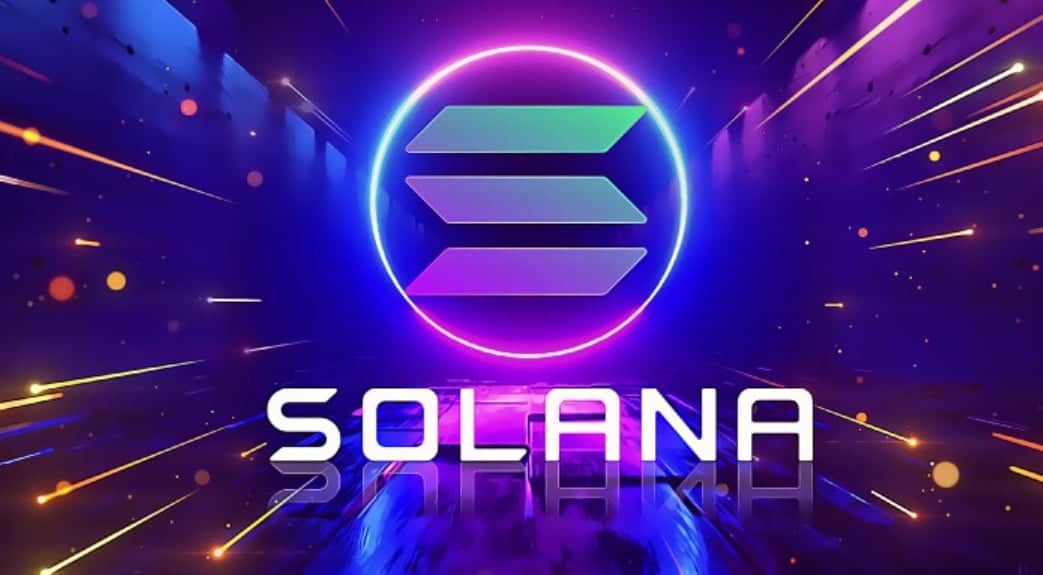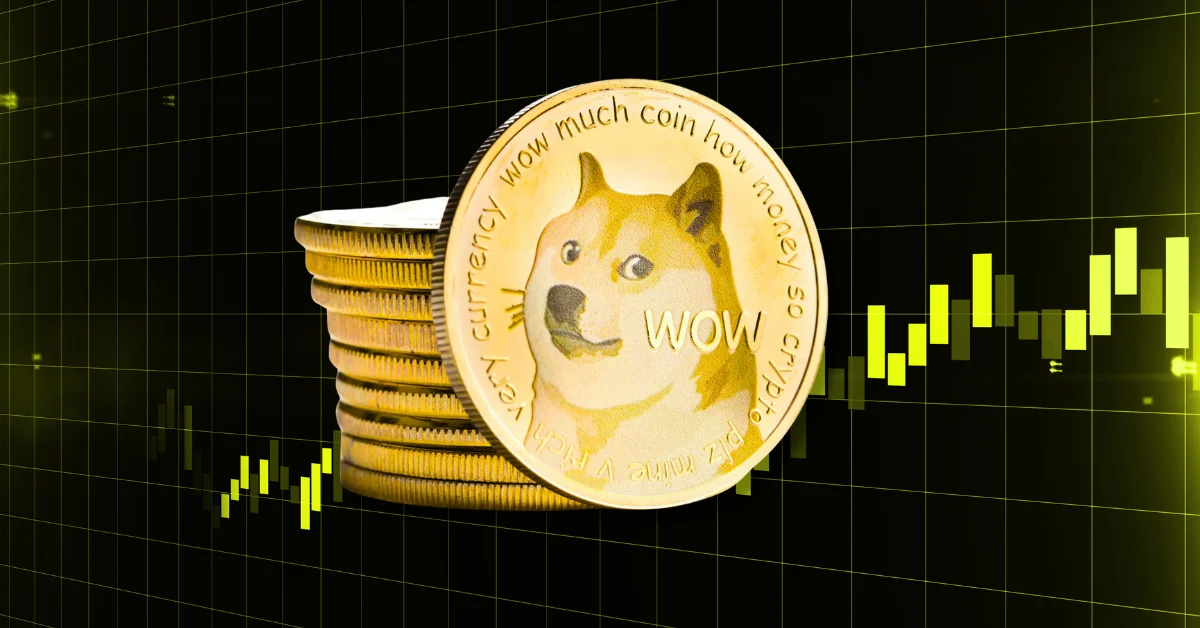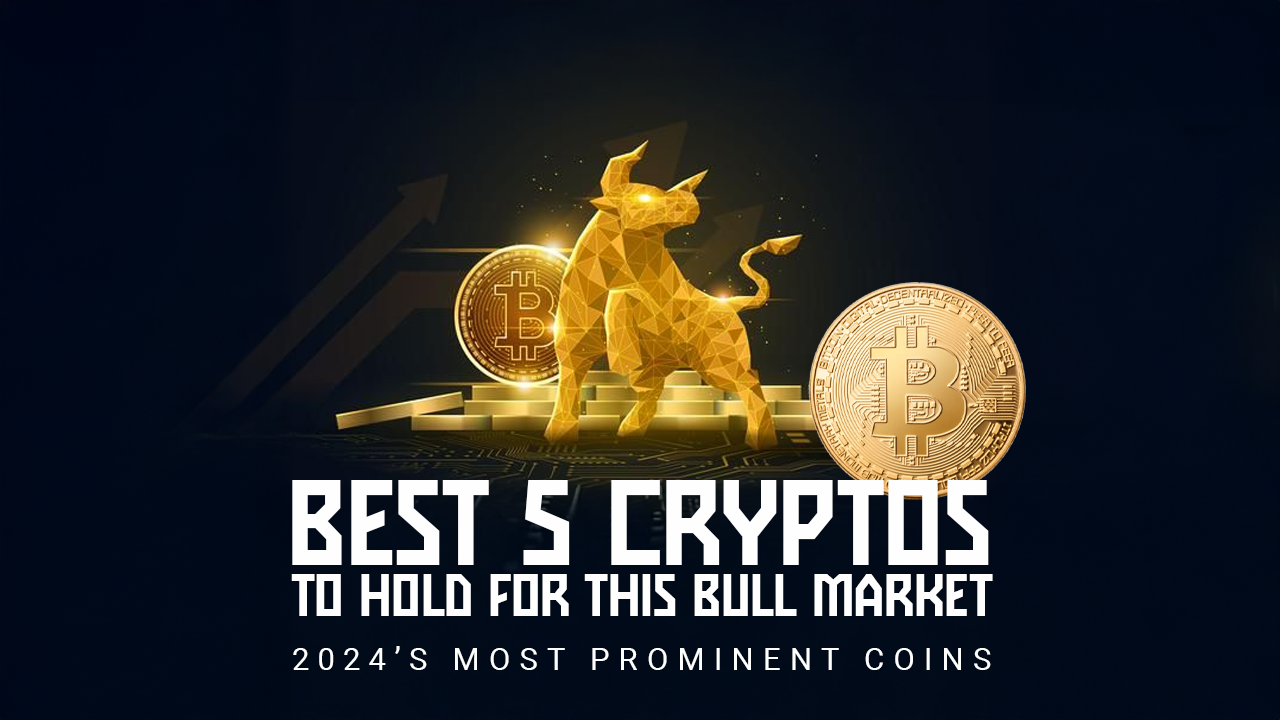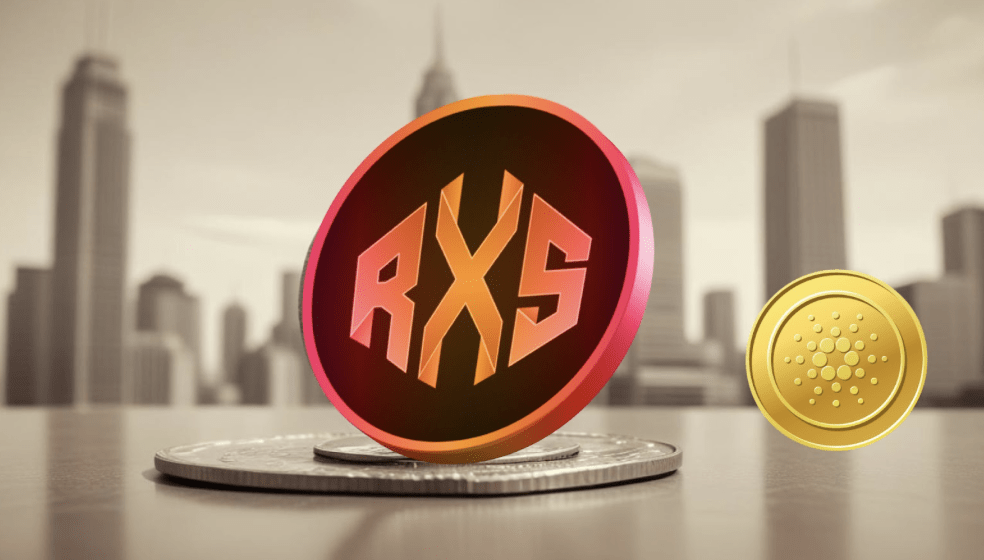- Solana has emerged as a serious contender to Ethereum due to its high speed, low transaction fees, and scalability.
- Solana’s key innovations, including Proof-of-History (PoH), Tower Byzantine Fault Tolerance (BFT), and Turbine, enhance its performance and network throughput.
According to a report from the Finance Feed on Binance, Ethereum has been a significant player in the blockchain industry, particularly in the realms of decentralized applications (dApps) and decentralized finance (DeFi). However, its scalability issues and high transaction fees have opened the door for other networks to compete. Solana, a blockchain network, has quickly gained attention for its high speed, low fees, and scalability, positioning itself as a promising alternative to Ethereum.
Solana’s Advantages Over Ethereum
Compared to Ethereum, Solana stands out with its high speed, low transaction fees, and scalability. It has achieved this by building scalability into its Layer 1, unlike Bitcoin and Ethereum, which rely on Layer 2 solutions. Additionally, Solana utilizes a Proof-of-Stake (PoS) consensus mechanism, offering greater scalability and energy efficiency compared to Bitcoin’s energy-intensive Proof-of-Work (PoW) mechanism.
Key Innovations Enhancing Solana’s Performance
Solana has introduced key design innovations that enhance its performance. First, the Proof-of-History (PoH) protocol establishes a chronological timeline for transactions, reducing transaction overhead and increasing network throughput. Tower Byzantine Fault Tolerance (BFT) reduces network latency and enhances speed and efficiency. Finally, the Turbine protocol implements data sharding, increasing the network’s capacity to handle large traffic volumes.
Challenges and Concerns
Despite its performance advantages, Solana has faced security concerns and network outages due to excessive transactions. To address these issues, Solana has partnered with Jump Crypto to build a new validator client, aiming to increase the network’s throughput capacity. The successful mitigation of these issues will be crucial for Solana’s long-term success.
The Quest for Mass Adoption
To challenge Ethereum and achieve mass adoption, Solana needs to maintain scalability and infrastructure as the user base and number of transactions increase. Interoperability with other blockchains through technologies like the Wormhole bridge will attract users and developers. Additionally, fostering a strong developer community to build diverse dApps will be essential for Solana’s growth.
The Investor’s Perspective
One anonymous crypto investor believes Solana still has the potential to challenge Ethereum. The investor questions whether Ethereum’s 40x larger market cap truly reflects its superiority and suggests that Solana could become a strong competitor if it continues to innovate, provide better scalability, lower costs, and attract more dApps.
Conclusion
Solana has emerged as a serious competitor to Ethereum, offering high speed, low transaction fees, and scalability. While challenges remain, addressing security concerns, maintaining scalability, fostering interoperability, and building a vibrant developer community will be crucial for Solana’s long-term success. With its promising position in the blockchain industry, Solana has the potential to become a leading Layer 1 blockchain and challenge Ethereum’s dominance.
Crypto News Flash does not endorse and is not responsible for or liable for any content, accuracy, quality, advertising, products, or other materials on this page. Readers should do their own research before taking any actions related to cryptocurrencies. Crypto News Flash is not responsible, directly or indirectly, for any damage or loss caused or alleged to be caused by or in connection with the use of or reliance on any content, goods, or services mentioned.
Credit: Source link















































